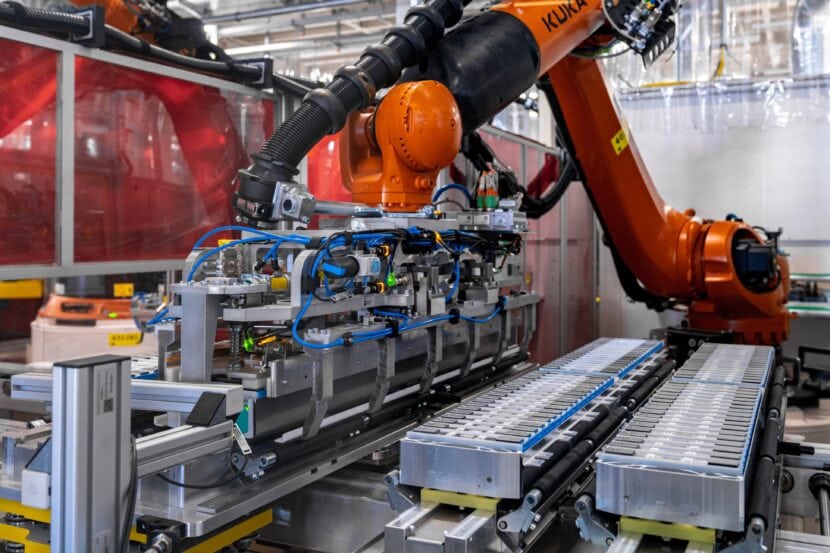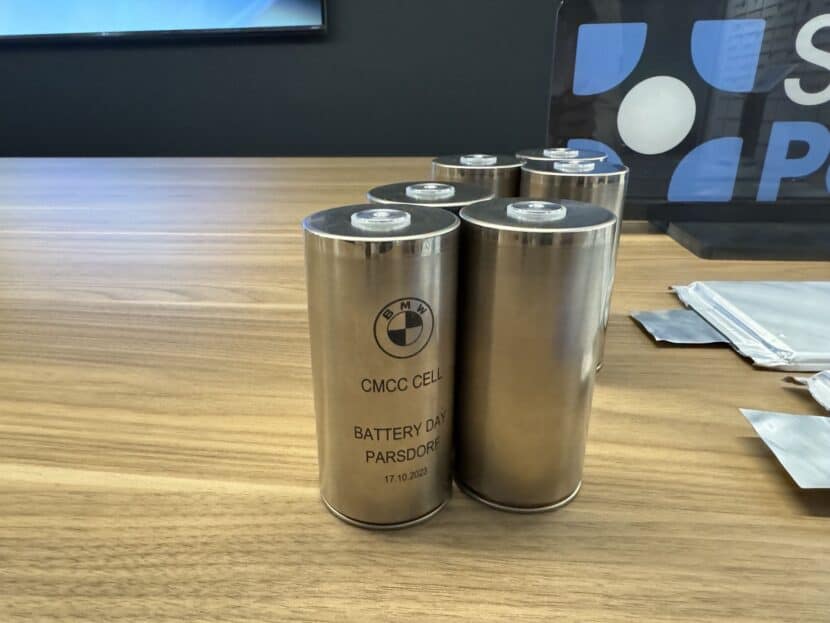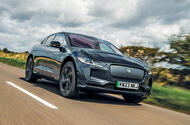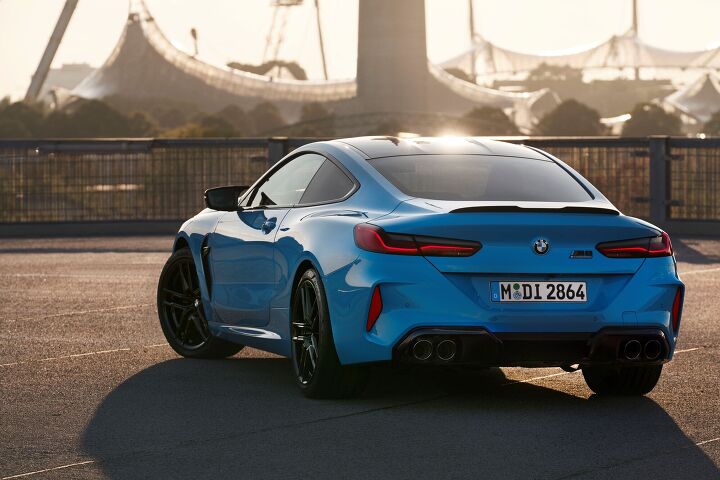It’s a brave new world for enthusiasts and laypeople when it comes to electric vehicles. Over the years, we’ve had to familiarize ourselves with a variety of terms that rarely – if ever – appeared in the automotive lexicon. One area of minutia regarding EVs is battery chemistry; specifically, lithium ion type. Today, we’re taking a look at the two most common battery variants: LFP (lithium iron phosphate) and NMC (nickel manganese cobalt). And, of course, how they relate to the BMW electric vehicles of today and tomorrow.
What’s the Difference: LFP and NMC

So, let’s start with what is currently (hah!) the most common battery type found under the sheet metal of electric vehicles: NMC batteries. NMC batteries are denser than LFP batteries, and typically more resistant to temperature extremes. These two reasons alone make them a solid choice for automotive applications. Being denser, NMC allow automakers to also reduce weight – increasing performance and, theoretically, range. NMC batteries typically tout a life cycle of ten or so years and offer between 1,000 and 2,500 charge cycles.
The alternative to NMC batteries addresses some of the well-publicized shortcomings they have. While less dense, LFP batteries are more stable. They don’t release oxygen if they catch fire, and thermal runaway is less likely due to a higher onset temperature. LFP batteries offer a longer projected lifespan and promise 2,500-5,000 cycles without any worries. LFP rigs are a little more user-friendly, too, since you can also regularly charge to 100 percent and not have to worry as much about degradation, unlike with an NMC battery.
A hugely important thing to consider is that LFP batteries also cost less to produce and are considered a more sustainable option, avoiding heavy metals like cobalt and nickel. While sometimes incorrectly touted as being “non-toxic,” LFP batteries are still less toxic than NMC. To summarize: LFP batteries are less dense – which means less range – and offer less resistance to temperature differentials. But, they’re cheaper, better for the environment, and offer a longer lifespan.
Do BMW Vehicles Use LFP or NMC Batteries?

As of this writing, all BMW vehicles rely on NMC batteries. Using a “nickel-rich chemistry” – as the BMW i4 and BMW iX do – guarantees that all current BMW batteries are NMC. But BMW has talked extensively about their Gen6 battery tech. It should debut on the Neue Klasse cars beginning production next year. While the focus has largely been on solid state batteries, BMW also mentions that their “sixth-generation battery technology also offers the option of using cathodes made of lithium iron phosphate (LFP) for the first time” in a press release from 2022.
Wait, So, Which Side Are We On?
Both LFP and NMC batteries have advantages, but it’s pretty clear that LFP is the more sustainable choice. The diminished toxicity and greater lifespan alone make them a “step forward” in that sense. What is a shame is that from a performance standpoint, NMC batteries are seemingly superior, offering a higher density (and the associated benefits, like lower weight) and better performance.
Hopefully, BMW implements other changes that keep weight reasonable – I don’t know if the internet can collectively stomach an even heavier BMW M5 in the 2030s. Perhaps notably, Tesla still uses NMC in their performance vehicles – i.e., the Model 3 Performance and Model S Plaid. So, it’s theoretically possible that some next-gen BMW EVs will run LFP while performance models use NMC. Only time will tell.
First published by https://www.bmwblog.com
Source: BMW BLOG


